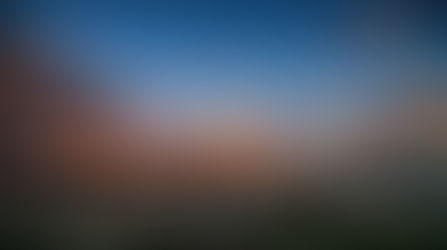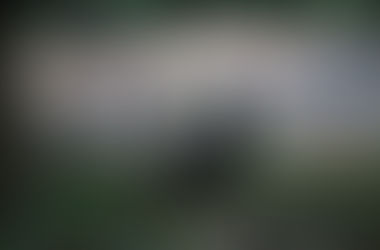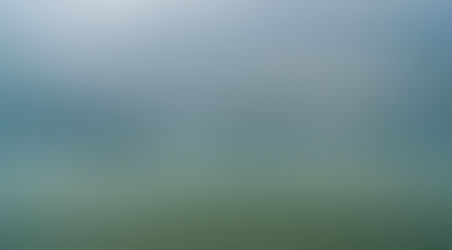Lithuania, An Unknown Land
- Madeleine Knight
- Aug 18, 2016
- 4 min read
Have you heard of Lithuania? I hadn't until around 10 months ago when I met someone in the middle of the South Pacific, in a little tin can we called home for the following 6 months.
Although not the smallest of countries within Europe, Lithuania is a tiny country in comparison to some of its neighbours in the Eastern Block, with boarders to Poland, Russia, Belarus, Latvia and the Baltic Sea. It comes in 35th out of the 50 countries in Europe population-size-wise...
Lithuania's population sits at around 3 million - 5 million LESS than the city of London alone.
This tiny county today looks like a serene land that modern technology forgot until very recently, and even now if you venture into rural Lithuania you will still see a high percentage of the population living traditional lives; with no internal pluming, living off the fruit/vegetables/animals they farm, no internet connection (shocking I know). In a recent conversation with a lovely old lady I have had the pleasure to meet recently, we talked about the internet and how all the photos from her birthday are 'up there somewhere, in the sky', with her commenting 'how am I meant to see these photos in the sky?!'.

- By photographer Regimantas Danys, Vagabon Shoe -
With a very troubled past, Lithuania only truly became an independent country after being taken over by Poland in the 1400's due to political conveniences, then by Russia in the 1800's, then through the World Wars by Germany, then Russia again, and although becoming an independent nation officially in 1991 the last of the Russia soldiers only left the country 2 years later, in 1993. In 2004 Lithuania joined forces with NATO and became a part of the EU.
Across the country there are many museums and places to remember those who fought and fell for their country, the one of which I would highly recommend is the Museum of Genocide Victims, Vilnius. The museum is within a building in the centre of the city that was base for the KGB ('Committee for State Security' - when translated into English - was the security agency for the Soviet Union for almost 50 years, until the Soviet Union disbanded in 1991) during their reign over the country. Within the museum there are 2 floors consisting of rooms dedicated to different subjects - including the Partisans (Lithuania's freedom fighters) - and the basement is a testament to those who were imprisoned by the KGB in stark, concrete cells. Within these chilling cells, there could be up to 15 people, with no furniture they would sleep on the floor with their clothes lain out to fight off the bitter cold. There are speciality cells for those who had 'misbehaved', with the most chilling of all being the padded room with a straightjacket hung in the cell. There is also the opportunity to step into the Execution Room, with bullet hole in the walls and a re-creation of the style in which the detainees were killed rolling on a TV screen, this room is not for the faint hearted.

- A wall outside the museum, engraved with the names of those killed inside -
After learning of Lithuania's troubled past, you see the country and it's people in a very different way.
Although this country has seen more turmoil than many in Europe, one of my favourite historical events is such a peaceful and beautiful act of political demonstration, and actually involves Lithuania's neighbouring countries Latvia and Estonia. In 1989 these three small and relatively unknown countries banned together to create what is now called the Baltic Way. After many years of being pushed from ownership to ownership, with enough repression to last them decades, they were over the drama and decided to do something about it themselves. On August 23rd 1989, a line of approximately 2 million people held hands in an unbreakable human chain stretching 675.5km across the three countries. This peaceful protest was a cry for help from countries struggling to renew their independence, and was received with solidarity from much bigger, more powerful countries worldwide such as Germany, Australia and Canada. Although met with little enthusiasm from the Soviets, the plight of these countries become of worldwide concern, a moral concern instead of being politically based. The aftermath of this event brought about all three countries independence's in 1990, with them being international recognised independent Baltic states in 1992.
This country and it's neighbours have faced some of the toughest times, and yet have responded with a peace and serenity many countries in the world could (and should) learn from.
After spending the last 6 weeks in this vibrant country I have come to love it's quirky, kind of backwards, way of life. You won't get a smile from the cashier in ANY shop, you will hit 1000 pot holes when driving to the local shop, you're likely to drink more vodka than you ever thought possible, and I can not count the amount of times I have been asked if I have children/why I don't have children/when am I planning to have children... some aspects of their traditional values are still very much alive and kicking!

- By me, check out my Instagram for more photos of my adventures -
There is so much I could write about this beautiful, fascinating country I am going to to write a series of posts, the next of which will focus on the capital city, Vilnius.
<a href="http://www.bloglovin.com/blog/18196393/?claim=zhanq4fpwed">Follow my blog with Bloglovin</a>








































Comments